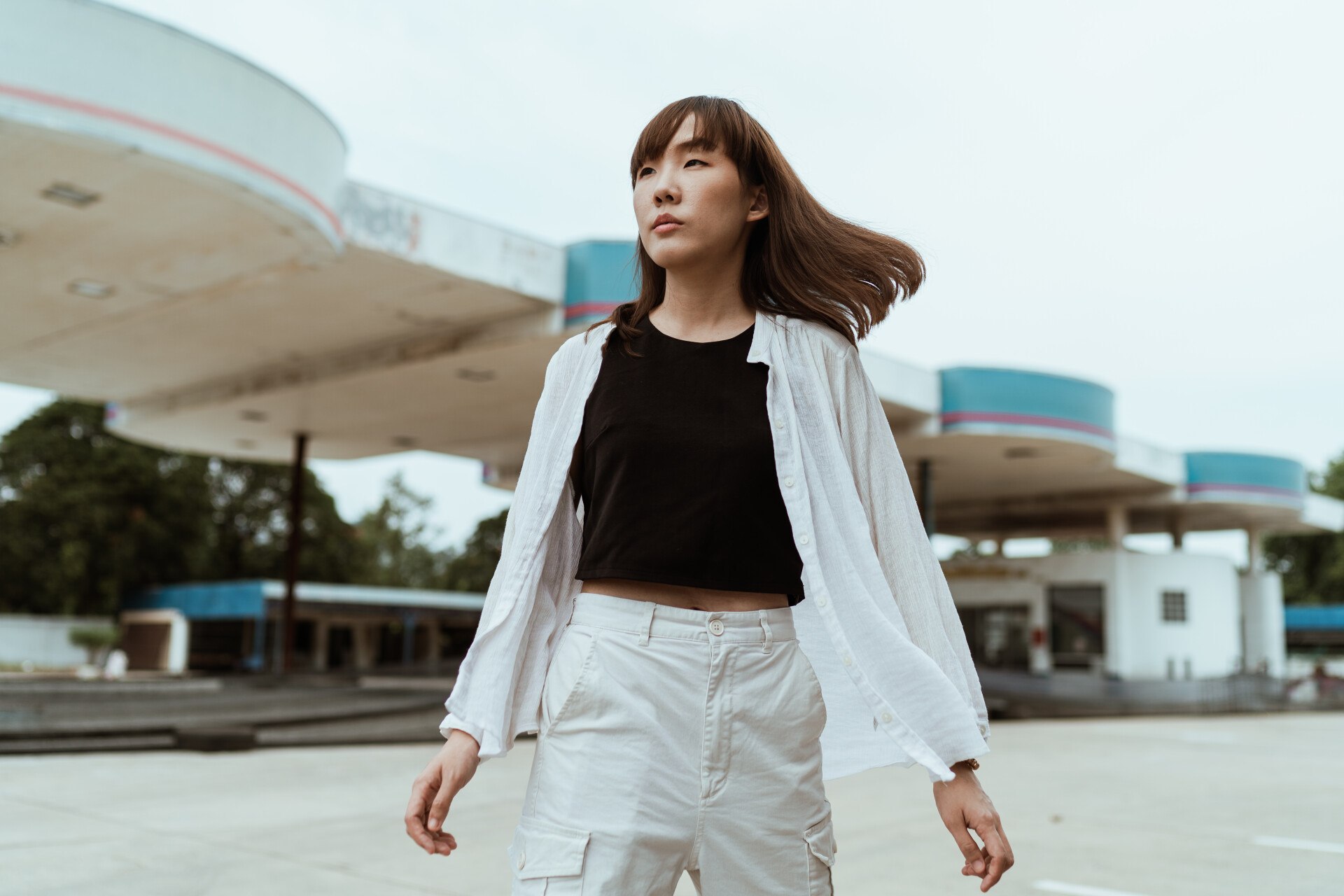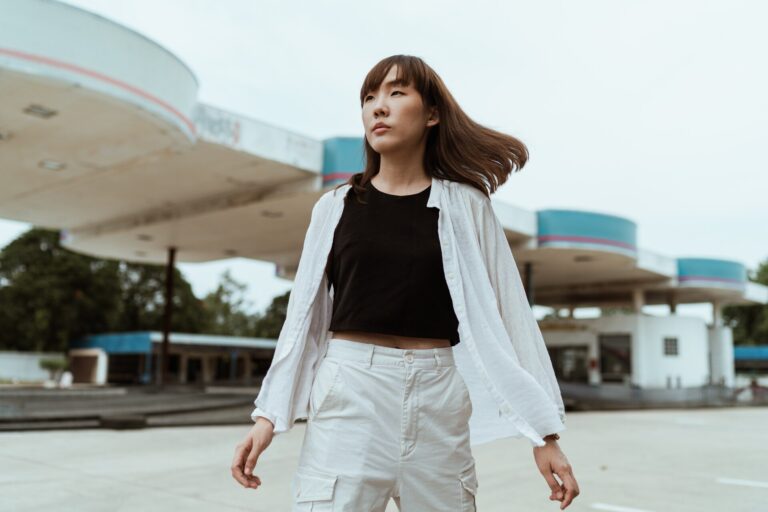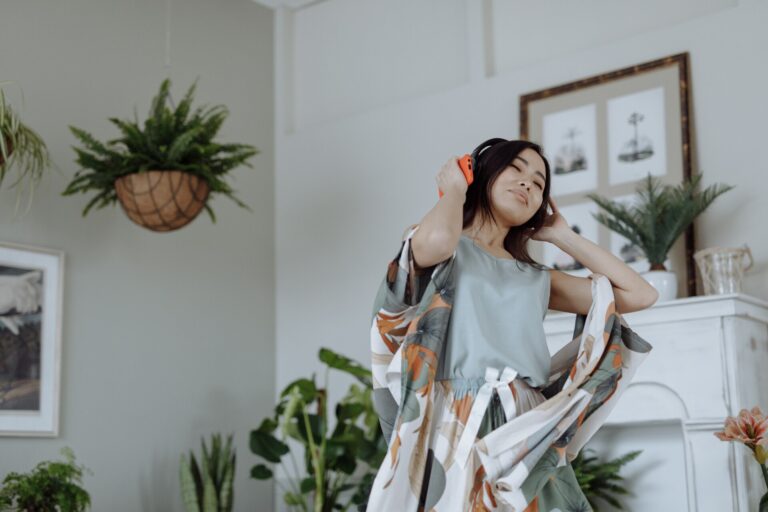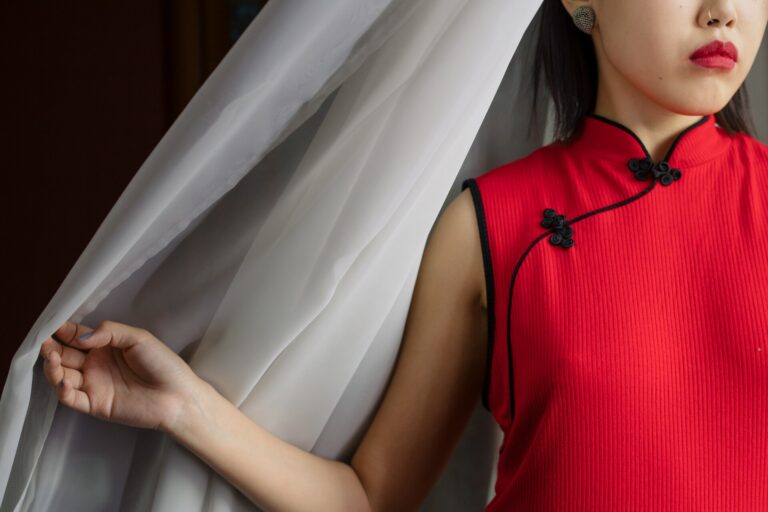Japanese wedding ceremonies are arguably some of the most beautiful and meaningful ceremonies in the world. They are deeply rooted in Japan’s rich culture and provide insight into the connection between a couple and their families.
When a couple decides to marry in Japan, a series of traditional rituals is carried out in accordance with Shinto or Buddhist traditions. There are several stages in the ceremony, the most important being the exchange of nuptial cups of sake, traditional vows and symbolic gifts.
Exchanging Nuptial Cups of Sake
In traditional Japanese weddings, the couple exchange sou-sakazuki, a pair of lacquer sake cups. This is an essential part of the ceremony as it symbolizes the mutual bond between the bride and groom and their respective families. During the exchange, the couple must take three sips from each of the cups to formalize the union.
Traditional Vows
The wedding ceremony also includes traditional vows, known as san-san-kudo. During this part of the ceremony, each partner takes three turns pouring a portion of sake into three cups. As the couple makes the three sips from each of the cups, they also exchange their vows and share in the wishes they have for their marriage.
Symbolic Gifts
At Japanese weddings, symbolic gifts are also exchanged between the couple and their families. The gifts are usually items of clothing such as kimonos or hapi coats as well as jewelry. These are meant to represent the families’ support for the couple as they embark on their new life together.

The allure of bride Japan
Japan is one of the oldest and most fascinating countries in the world, with a unique culture and heritage drawing travelers from all across the globe. Yet one particular aspect of the Land of the Rising Sun is particularly alluring: its traditional brides. This centuries-old tradition offers exotic wedding ceremonies filled with cultural rituals, performed according to ancient customs.
The bride’s costume is typically the star of the show – a traditional wedding kimono or shiromuku, a symbol of purity and innocence. She wears a white kimono, brightly decorated with intricate white patterns on her headpiece. After the ceremony, she changes into another color kimono representing her new role as a married woman.
Makeup is just as important in creating the perfect traditional bride. The bride’s face and neck are made up with white powder, and the eyes are painted in an exaggerated fashion known as “wife-eyes”, giving her a large regal quality. She is also adorned with colorful accessories such as intricate hair ornaments, obi belts, and scarves.
Costume and makeup aside, the wedding ritual itself is a major part of the allure of bride Japan. Local customs vary from region to region, but typically the ceremony begins with the bride’s entrance, where her parents welcome her into a new life. During the ceremony, the couple visit several sacred places such as shrines. After that, they exchange vows, and then complete the rite of passage by exchanging rings.
Wedding ceremonies for a Japanese bride
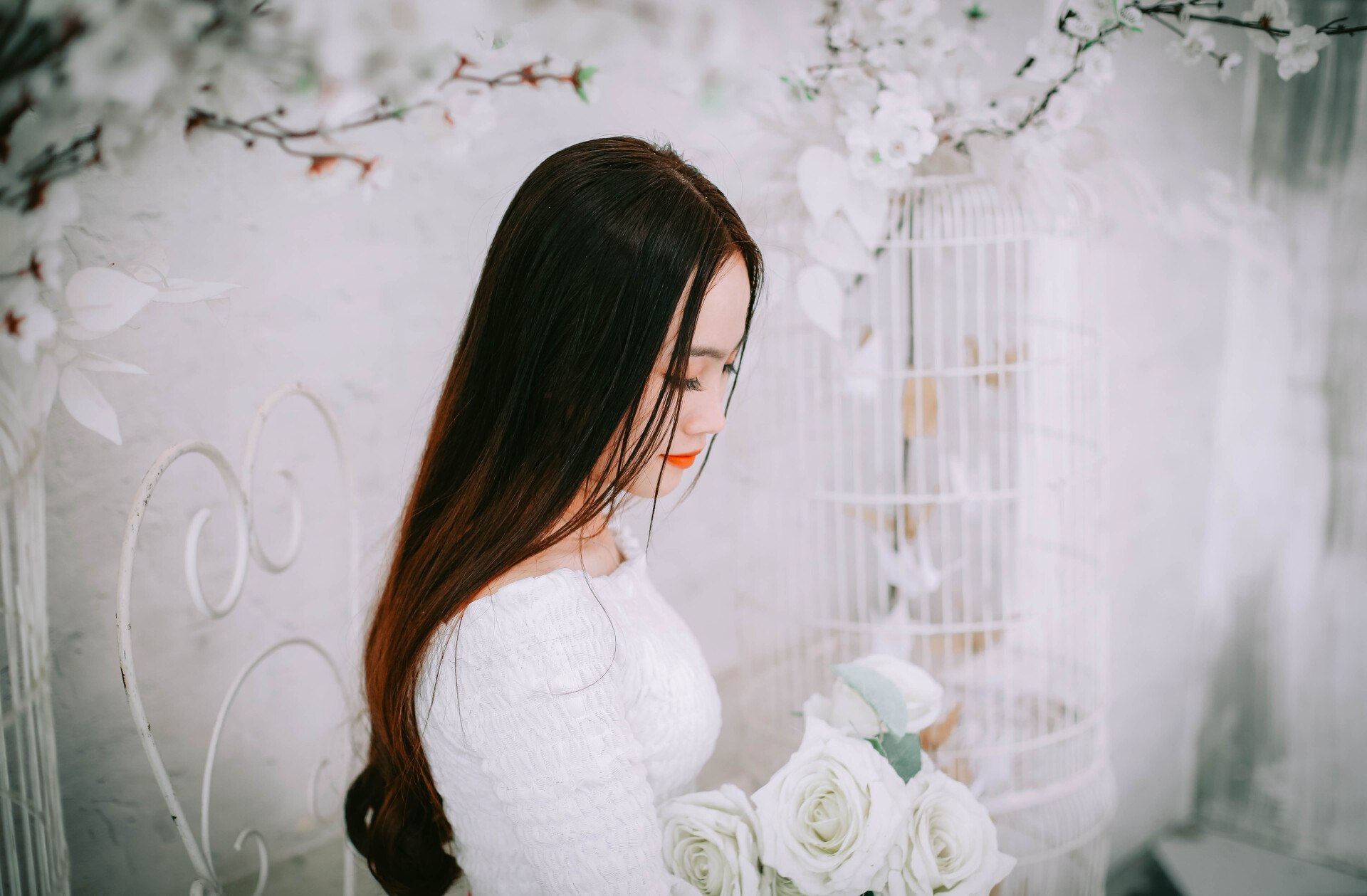
Japanese culture is full of beauty, traditions and a deep appreciation for life. For Japanese couples, wedding ceremonies make the special process of uniting two people a momentous and meaningful one. Understanding these traditions will make it easier to appreciate the momentous occasion and the essential part culture plays in making the special event even grander.
A traditional Japanese wedding starts with san-san-kudo. The bride and groom exchange three sips of sake, symbolizing their union as a couple. This part of the ceremony has been practiced for centuries and is the beginning of the wedding ritual.
The bride will wear a white furisode (a kimono with extra-long and full sleeves). She will also decorate her hair with colorful decorations and several other items (ssu-tome) made of paper and metal indicating her role as a bride. The groom will wear a traditional black haori (a men’s kimono) and black hakama (trouser-like garments) with a blue tabi (socks). He will also have a katana (sword) and carry a kabuto (helmet).
At a Japanese wedding ceremony, the exchange of promises is the highlight. This is followed by the exchange of rings and the signing of a marriage certificate, symbolizing they are now a united couple. During the ceremony, the bride and groom vow to stay together until the end of their lives, and the two families declare their commitment to supporting the couple.
The ceremony is finished, the couple will take part in a procession from the shrine to hall or home of the reception. This procession is called shinzen-shiki and is accompanied by traditional music and dancing. Guests of the wedding will throw Rice-crackers (sake-ehon) to the couple to wish them luck in their marriage.
The reception is usually a joyous occasion, with toasts of sake, sushi, cakes, and special dishes. It is a time to celebrate the new union, and cherish all the good memories that have been shared in the past. The Japanese bride and groom will thank their families and guests for attending and share their love with everyone.
Japanese weddings are a wonderful way for couples to celebrate their union and share their love and commitment to each other. With meaningful and unique ceremonies and reception festivities, they create beautiful memories that become everlasting.

